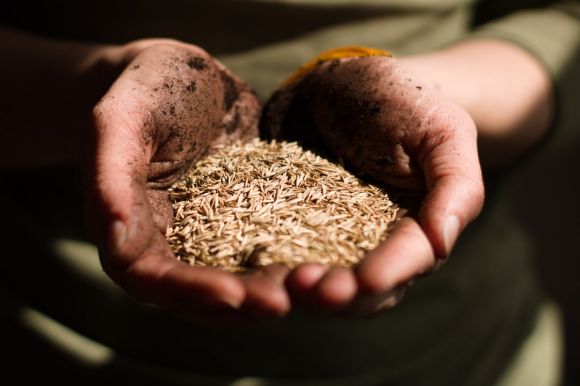Introduction
Plant diseases are a significant threat to global food security, causing massive yield losses each year. The constant evolution of pathogen populations and the increasing frequency of new disease outbreaks pose challenges to crop production. To combat this, farmers and researchers are constantly seeking strategies to improve crop resistance and manage plant diseases effectively. In this article, we will explore some of the most promising strategies for managing plant diseases and enhancing crop resistance.
Breeding for Resistance
Breeding for resistance is a fundamental strategy in managing plant diseases. This approach involves selecting and cultivating crop varieties that are naturally resistant to specific diseases. By identifying and breeding resistant cultivars, farmers can reduce their reliance on chemical pesticides and minimize the impact of diseases on crop yields. Additionally, breeding for resistance can help to promote genetic diversity within crop populations, making them more resilient to future disease pressures.
Crop Rotation
Crop rotation is a time-tested technique that can help manage plant diseases. By rotating crops, farmers can disrupt the life cycle of pathogens and reduce disease pressure over time. Different crops have different disease susceptibilities, so rotating crops can help break disease cycles and prevent the buildup of pathogen populations in the soil. Incorporating legumes into the rotation can also provide benefits, as they can fix nitrogen and improve soil health, further enhancing crop resistance.
Integrated Pest Management
Integrated Pest Management (IPM) is a holistic approach to managing plant diseases that combines various strategies, including cultural, biological, and chemical control methods. IPM focuses on preventing and managing diseases through practices such as crop rotation, proper sanitation, and the use of natural predators and beneficial organisms. By integrating multiple approaches, farmers can reduce pesticide use, minimize the selection pressure on pathogens, and create a more sustainable and resilient farming system.
Biological Control
Biological control involves the use of natural enemies, such as beneficial insects, fungi, or bacteria, to suppress plant diseases. This strategy aims to restore the natural balance between pathogens and their natural predators, thereby reducing disease incidence. For example, the use of predatory insects like ladybugs or the application of beneficial bacteria can help control pests and diseases in crops. Biological control methods not only provide an environmentally friendly alternative to chemical pesticides but also contribute to the overall health and resilience of the agroecosystem.
Precision Agriculture
Advances in technology have paved the way for precision agriculture, enabling farmers to monitor and manage plant diseases more effectively. Remote sensing, satellite imagery, and drones can provide real-time information on crop health, allowing farmers to detect disease outbreaks early and take appropriate action. This technology-driven approach allows for targeted interventions, reducing the need for blanket pesticide applications and minimizing the environmental impact.
Conclusion: Towards a Resilient Future
Managing plant diseases and improving crop resistance are critical for ensuring global food security. By adopting strategies such as breeding for resistance, crop rotation, integrated pest management, biological control, and precision agriculture, farmers can effectively combat plant diseases and minimize their impact on crop yields. It is essential for farmers, researchers, and policymakers to continue working together to develop innovative and sustainable solutions to protect our crops and build a resilient future in agriculture.
